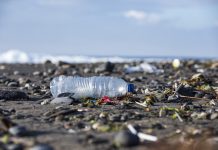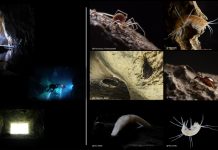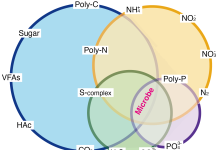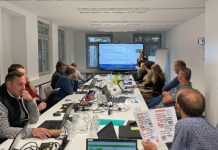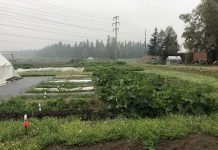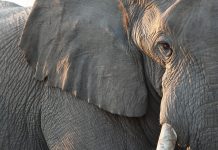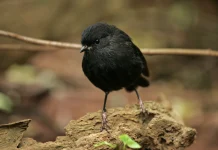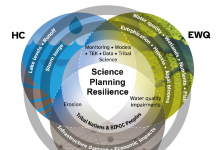Open Access Government produces compelling and informative news, publications, eBooks, and academic research articles for the public and private sector looking at health, diseases & conditions, workplace, research & innovation, digital transformation, government policy, environment, agriculture, energy, transport and more.
Home 2024
Archives
Modelling biodiversity is an essential part of its protection
Professor Guillaume Blanchet from Université de Sherbrooke considers why modelling biodiversity is an essential part of protection and how we can model biodiversity better.
Sustainability transformations in marine governance in Sweden via social learning
Dr. Angelo Jonas Imperiale and Dr. Uta Wehn describe the MISTRA C2B2 programme’s unique approach to promoting sustainability transformations in Sweden’s marine governance through social learning in Living Labs.
Marine plastic litter vs clean and living water
Marine plastic pollution is a global crisis with increasing impacts on the environment, marine life, and human health. Multinational and national organisations are working to develop solutions that are accepted by all stakeholders connected to the marine environment and fishing industry.
Emissions from building and construction can be halved with current technologies and practices
Filip Johnsson and Ida Karlsson from Chalmers University of Technology argue that building and construction emissions can be halved with current technologies and practices in place.
Decarbonizing the textile industry: How Ever Dye is revolutionizing dyeing processes
While the textile industry is continuously evolving and becoming more technologically advanced, it still relies on highly polluting and energy-intensive processes. Victor Durand, Head of Operations at Ever Dye, shares the company’s commitment to changing this and decarbonizing the textile industry.
A traditional ecological knowledge summit
The Global Center for Climate Change and Transboundary Waters (GCTW) cohosts a Traditional Ecological Knowledge Summit (1), as Gail Krantzberg (2), Peter Czajkowski, Dawn Martin-Hill, Rohini Patel, Hiliary Monteith, and Drew Gronewold explain.
Australia’s soils have sent us a warning: We should listen
Praveena Sridhar, the CTO of the Save Soil Movement, believes that Australia’s soil has been signalling a message to us, and as a result, we ought to pay attention.
Impact of student funds and fellowships on climate change research and human well-being
Sophie Farmani, Assistant Professor, Arts, Communications and Social Sciences Department, at the University Canada West, charts the positive impact of student funds and fellowships on climate change research and human well-being in the Canadian context.
The hidden climate cost: Food loss, waste, and greenhouse gas emissions
Professor Gordon Price from Dalhousie University and Professor Grant Clark from McGill University study the hidden climate change costs of food loss and waste in Canada. Here, they highlight the need for greater cooperation and data sharing.
PETRI-MED: Enhancing marine phytoplankton diversity monitoring in the Mediterranean
Preserving biodiversity is crucial for sustaining life on Earth. Unfortunately, it is facing growing threats. Marco Talone and the PETRI-MED Team discuss their objectives for the PETRI-MED project and explain why it is urgently necessary.
Environmental weathering transforms plastic pollution
The prevalence of plastics in our daily lives is reflected by their ubiquity in nature. Jeffrey M. Farner from the FAMU-FSU College of Engineering, details how environmental weathering transforms plastic pollution.
Protecting subterranean ecosystems for the wellbeing of surface environments and humanity
Stefano Mammola, a researcher at the Italian National Research Council and coordinator of the Biodiversa+ project ‘DarCo’, emphasizes the importance of better incorporation of subterranean biodiversity in conservation agendas.
A comprehensive approach to integrated one health surveillance and response
Surveillance data plays a crucial role in understanding and responding to emerging infectious diseases; here, we learn why adopting a One Health surveillance approach to EIDs can help to protect human, animal, and environmental health.
Microbes as high-potential green resource producers
Hui-Ping Chuang, Assistant researcher at the Sustainable Environment Research Laboratories of the National Cheng Kung University, shares insights into the vital role of microbes in waste removal and sustainable resource generation.
Future climate services for resilient cities: The CoKLIMAx lighthouse project
Climate Service Center Germany (GERICS) is exploring future climate services for resilient cities by focusing on the CoKLIMAx lighthouse project.
When common recommendations for cultivating in cold soils inadvertently thaw permafrost
Melissa Ward Jones, details when common recommendations for cultivating in cold soils inadvertently thaw permafrost, starting with the challenges of cultivating at high latitudes.
Analyzing the rhetoric behind trophy hunting narratives
Jens Ulrik Hogh and Stephan Wunderlich from the International Council for Game and Wildlife Conservation (CIC) discuss public perceptions of trophy hunting.
The different facets of biodiversity
Professor F. Guillaume Blanchet from Université de Sherbrooke explores the various aspects of biodiversity and the challenge involved in monitoring it.
Pioneering solutions for sustainable protein production in future
InnoProtein consortium, explain why sustainable protein production is urgently needed and how, with its circular, zero-waste approach, InnoProtein supports this goal.
Global centre for climate change impacts on transboundary waters
Dr. Gail Krantzberg and Dr. Andrew Gronewold, unpack the priorities of the Global Centre for Climate Change Impacts on Transboundary Waters.


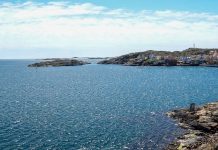
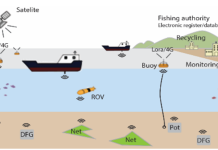
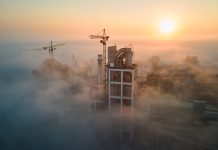

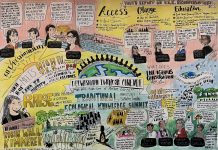
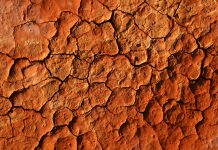

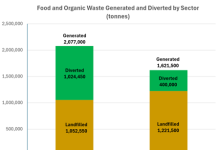
![PETRI-MED: Enhancing marine phytoplankton diversity monitoring in the Mediterranean 1-day RGB composite image of the Mediterranean Sea as observed by Sentinel 3A and 3B on July 14th, 2022. ©EUMETSAT [2024] phytoplankton](https://www.openaccessgovernment.org/wp-content/uploads/2024/08/PETRI_MED_image-218x150.png)
